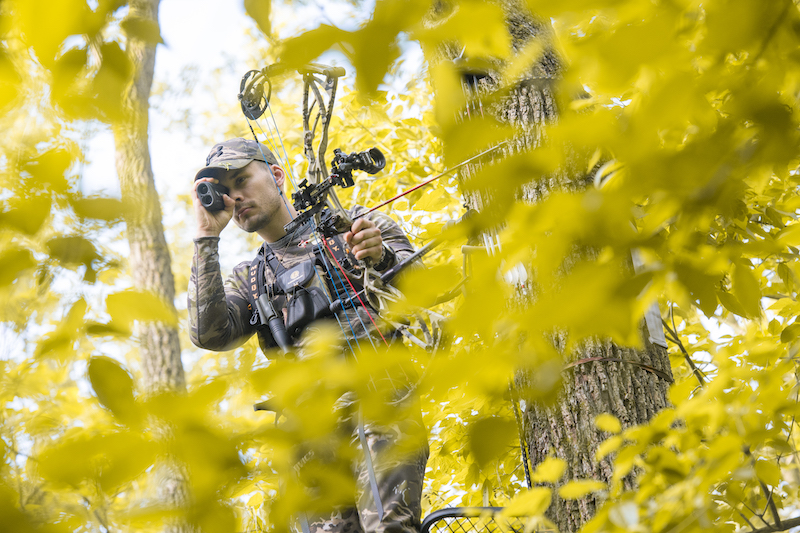The world of archery never stops changing. Each year, thousands of archers gather at the annual Archery Trade Association Trade Show to gawk at new products in awe, wondering how they ever previously lived without them. Then, another year of technological advancements passes. The same groundbreaking technology from last year can turn obsolete. While some products or technology fails to stand the test of time, others are game-changers that prove to be a fundamental pillar of the archery experience for years to come. Let’s look at five key inventions.
Improved bow efficiency
Not long ago, archers who wanted to achieve faster arrow speed paid for it in the form of heavy draw weights and long draw lengths. As bows that pushed arrows upwards of 300 feet per second (FPS) became more common, trends adjusted accordingly. Before long, it wasn’t uncommon to see archers pulling a draw weight that was too heavy or using an improper draw length. Many sacrificed their form and accuracy with false hopes that a fast arrow would remedy other archery shortcomings.
Today’s bows are more efficient in all aspects when compared to those from the past. As a result, archers can achieve respectable arrow speeds by pulling less weight and with shorter draw lengths. For example, a low poundage bow with a modest draw length is capable of the same arrow speeds as older bows with a daunting draw weight and long draw length. In addition to increasing satisfaction among archers, the new technology has made the sport more accessible than ever. No matter your physical capabilities, with proper form and consistent shot execution, anyone can get started in archery and, after a little practice, wear out the center of a target at their favorite range.
Cam design
When comparing today’s compound bows to those from 20 years ago, the cam is quite different. Over time, cams have evolved from small, concentric wheels to large versions that create acute string angles, yet draw incredibly smooth. As a result, a 70-pound modern compound bow provides a smoother draw cycle with less perceived effort than a similar draw weight on an outdated model.
Large cams also create comfortable and consistent anchor points. Years ago, archers had to choose long ATA bow models to create the same string angles that today’s 28-inch ATA bows can produce. Today’s archers can choose from a wide range of ATA configurations and find the perfect fit for their specific form of archery.
Cable and limb stops
Shot-after-shot consistency is a critical component of accuracy. The advent of cable and limb stops on modern compound cams have transformed mushy back walls on old bows into a rock solid stop on new models. In the past, mushy back walls that allowed for string creep at full draw made it almost impossible to achieve the same position when at full draw, which could lead to frustration at the range. The consistent back wall archers experience on today’s bows is more forgiving and promotes more repeatable anchor points.
Bowstring material
Years ago, archers had to take string stretch into consideration when purchasing and tuning a new bow. Pro shops often recommended shooting 150 to 300 arrows through the bow to allow the string to “stretch” into place. The same is not true today. Modern materials produce virtually no stretch, which keeps your bow in tune longer. In addition, bowstrings are also made of lighter materials to produce faster arrow speeds and minimize peep sight rotation. Modern bowstrings are more easily tuned and have greater accuracy over time when compared to outdated options.
Laser rangefinders

Laser rangefinder technology has come leaps and bounds in the past decade. When paired with a moveable sight housing, an archer can range, dial, and shoot for the exact yardage of their target. Gone are the days of estimating range or aiming between a 30 and 40 yard pin gapped far apart from another with hopes of landing an arrow atop your intended point of impact. In addition, most modern rangefinders provide yardage readouts to the nearest tenth yard and account for angle compensation. This helps archers tremendously on 3D courses or when hunting.
As more people gain interest in archery, the race to put out the latest and greatest technological advancement wages on. As archers, we’re in the golden days of our sport. Enjoy and appreciate the technology we have available today. Who knows what they’ll think of next!




